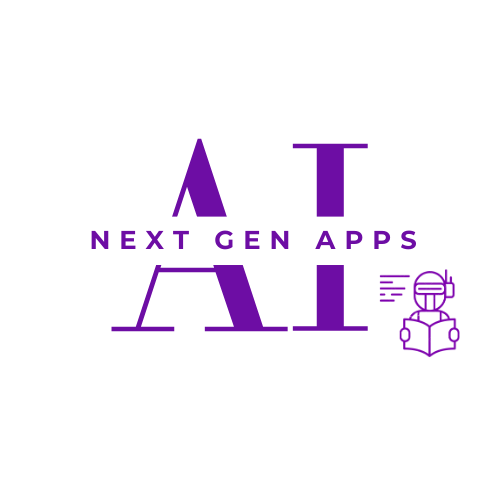Imagine you’re writing a long-form article, and you need to weave in information from a vast database of knowledge. You’d need to remember the context of your writing, the specific information you’ve already used, and how new information fits into the bigger picture. This is the challenge faced by Retrieval Augmented Generation (RAG) systems, which aim to combine the power of large language models (LLMs) with the vast knowledge stored in external databases.
The problem? LLMs, despite their impressive abilities, struggle to maintain context over long stretches of text. This is where the concept of “late chunking” comes in, offering a powerful solution to enhance RAG systems.

Table of Contents
ToggleThe Contextual Crisis in RAG Systems
RAG systems work by first retrieving relevant information from a knowledge base, then feeding it to an LLM to generate text. However, traditional methods of chunking, where the retrieved information is divided into smaller pieces, can lead to context loss. This is because the LLM only sees a limited portion of the retrieved information at a time, making it difficult to grasp the overall context and generate coherent, consistent text.
Late Chunking: A Game Changer
Late chunking addresses this challenge by delaying the chunking process until the very end of the generation process. Instead of breaking down the retrieved information into smaller chunks upfront, late chunking allows the LLM to access the entire knowledge base and process it holistically. This means the LLM can understand the context of the retrieved information and how it relates to the overall task, leading to more coherent and informative outputs.

How Late Chunking Works in Practice
Let’s break down the process with a practical example:
Retrieval
The RAG system first retrieves relevant information from a knowledge base based on the user’s query. This could be a collection of articles, documents, or even a database of facts.
Encoding
The retrieved information is then encoded into a format that the LLM can understand, such as a vector representation.
Generation
The LLM, with access to the encoded information, generates text based on the user’s query.
Late Chunking
Instead of dividing the retrieved information into chunks before the generation process, late chunking occurs at the end. The generated text is then segmented into smaller chunks, ensuring that the context is maintained throughout the entire output.

Benefits of Late Chunking
Late chunking offers several key advantages:
- Improved Contextual Understanding: By delaying the chunking process, LLMs can access the entire context of the retrieved information, resulting in more accurate and coherent text generation.
- Enhanced Coherence: Late chunking helps maintain the flow of information and prevents inconsistencies that can arise from breaking down information prematurely.
- Increased Efficiency: Late chunking can be more efficient than traditional chunking methods, as it reduces the need for multiple passes over the retrieved information.
Beyond the Basics: Exploring the Future of Late Chunking
The concept of late chunking is still evolving, but its potential is vast. Researchers are exploring ways to further enhance late chunking, such as:
- Adaptive Chunking: Dynamically adjusting the size of chunks based on the complexity of the retrieved information and the specific task at hand.
- Hybrid Chunking: Combining late chunking with other chunking strategies to optimize performance for different scenarios.
- Interactive Chunking: Allowing users to provide feedback during the chunking process to guide the LLM’s understanding of the context.

Conclusion
Late chunking is a powerful technique that addresses the crucial challenge of context maintenance in RAG systems. By delaying the chunking process until the end of the generation process, LLMs can access the full context of the retrieved information, leading to more coherent, informative, and accurate outputs. As research continues to explore the potential of late chunking, we can expect to see even more sophisticated and effective RAG systems in the future, enabling us to harness the power of knowledge and language models in unprecedented ways. the future, enabling us to harness the power of knowledge and language models in unprecedented ways.
FAQs (Frequently Asked Questions)
Late chunking addresses the issue of context loss in Retrieval Augmented Generation (RAG) systems. Traditional chunking methods can lead to LLMs losing track of the overall context, resulting in incoherent and inconsistent text generation.
In late chunking, the retrieved information is not divided into smaller chunks before the generation process. Instead, the LLM has access to the entire knowledge base and processes it holistically. The chunking occurs after the text is generated, ensuring that the context is maintained throughout the output.
Late chunking offers several advantages, including:
- Improved contextual understanding
- Enhanced coherence
- Increased efficiency
Researchers are exploring ways to further enhance late chunking, such as:
- Adaptive chunking
- Hybrid chunking
- Interactive chunking
While late chunking is a promising technique, it’s important to consider other approaches, such as:
- Improving the quality of the retrieved information
- Fine-tuning LLMs specifically for RAG tasks
- Exploring different architectures for RAG systems
